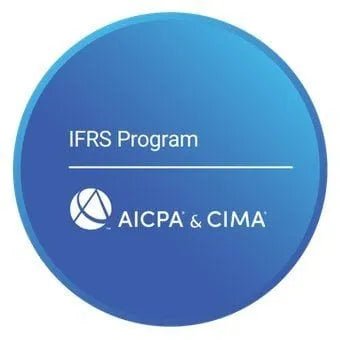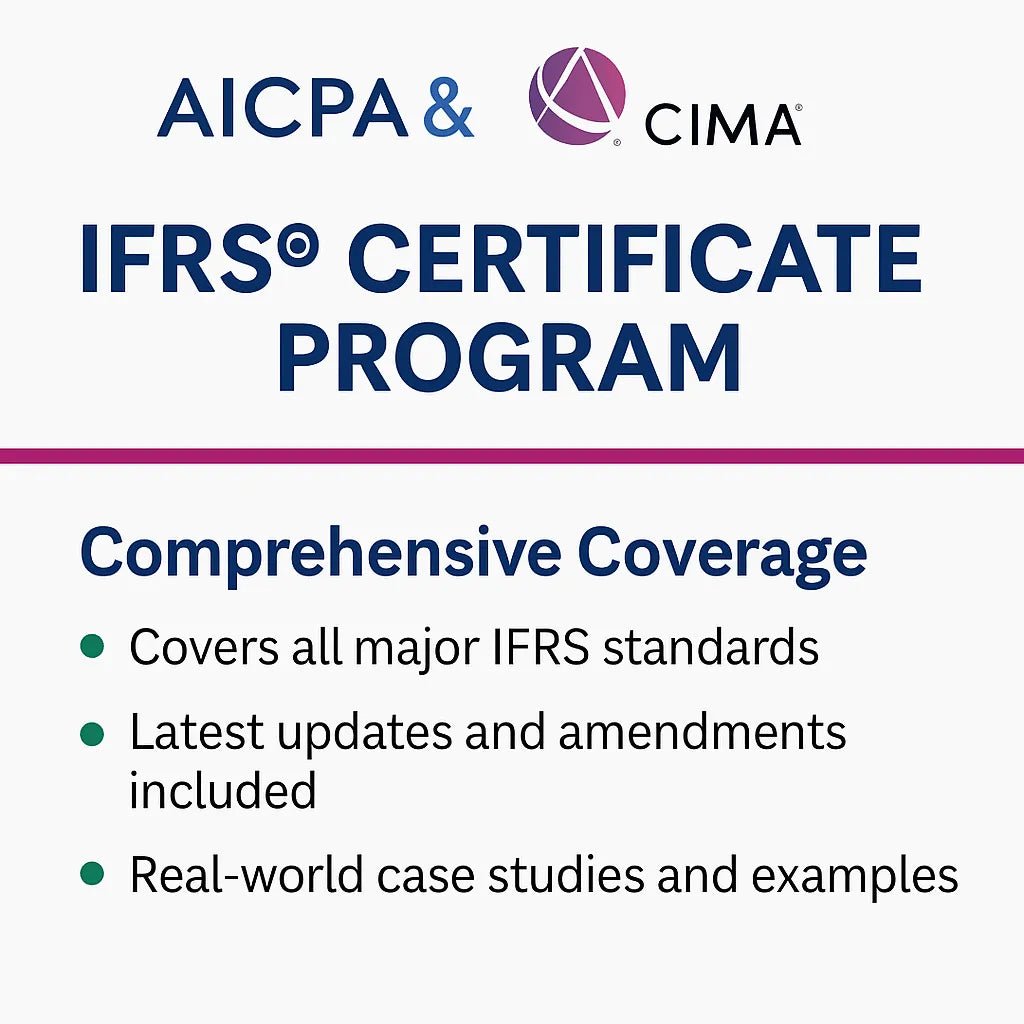Certificate of Insurance vs liability policy
Certificate of Insurance vs. Liability Policy: Key Differences Explained
When managing your business’s insurance coverage, it’s easy to confuse a Certificate of Insurance (COI) with an actual liability policy. However, these documents serve very different purposes. Understanding the distinction between them is crucial to ensuring your business is properly protected from risks and liabilities. This guide breaks down the differences between a COI and a liability policy, with examples to clarify their uses and limitations.
What is a Certificate of Insurance (COI)?
A Certificate of Insurance is a snapshot summary of an insurance policy. It provides proof of coverage, but it doesn’t offer the full details of the policy itself. COIs are commonly requested in business transactions to confirm that adequate insurance exists for a contractor, vendor, or partner.
- Purpose: To verify that a party has active insurance coverage.
- What It Includes: Types of coverage, policy limits, insurance carrier details, effective and expiration dates, and the name of the insured.
- What It Doesn’t Include: The complete policy terms, conditions, exclusions, or endorsements.
Example:
Imagine you’re a property manager hiring a cleaning service for a commercial building. The cleaning company provides a COI showing they have General Liability and Workers’ Compensation insurance. The COI gives you confidence that they are insured, but it won’t detail any exclusions or limitations.
Learn more about common mistakes with COIs in our guide on Top 5 Mistakes in Certificate of Insurance Management.
What is a Liability Policy?
A Liability Policy is the comprehensive contract between the insured party and the insurance company. It outlines all the terms, conditions, and specifics of the coverage, including what is covered, what is excluded, and how claims are handled.
- Purpose: To provide full insurance protection against claims and outline how coverage is administered.
- What It Includes: Detailed policy language, coverage definitions, conditions, exclusions, endorsements, and the full scope of insurance protection.
- What It Doesn’t Do: A liability policy doesn’t serve as an easily shareable proof of coverage for business partners—that’s the COI’s role.
Example:
Let’s say a catering company has a liability policy covering up to $1 million in General Liability for property damage. The full policy details exclusions, such as damage caused by hazardous kitchen equipment. If an incident occurs, the liability policy outlines whether and how the claim is covered.
Key Differences Between a COI and a Liability Policy
-
Level of Detail
- COI: Provides a high-level summary of the insurance coverage.
- Liability Policy: Offers complete, in-depth details about the insurance coverage, including exclusions and endorsements.
- Why It Matters: A COI alone doesn’t guarantee comprehensive coverage. To truly understand what’s covered, you need to review the full liability policy.
-
Legal Enforceability
- COI: Not a contract and doesn’t guarantee that coverage will be provided. It simply confirms that a policy exists at a specific point in time.
- Liability Policy: A legally binding contract between the insured and the insurer, detailing rights and obligations.
- Example: If a construction contractor gives you a COI, it doesn’t guarantee they have coverage for every claim type. Only the liability policy spells out what is truly covered or excluded.
-
Use in Business Transactions
- COI: Used to show proof of insurance to business partners, vendors, or clients. It’s a tool for risk management but should never be the sole document you rely on.
- Liability Policy: Used to define and enforce insurance coverage in case of a claim or dispute. It provides the full legal framework for coverage.
- Example: A wedding venue might require a COI from a DJ to ensure they have liability insurance. However, if a sound system malfunctions and causes property damage, the venue would need to refer to the DJ’s full liability policy to understand the claim’s coverage.
When a COI Isn’t Enough
Relying solely on a COI can be risky. Because a COI is not a comprehensive contract, it won’t provide the details you need to understand coverage limitations. Here are some scenarios where the distinction matters:
-
Exclusions and Limitations
- Scenario: A security company provides a COI for General Liability insurance. Later, you discover their policy excludes coverage for “assault and battery,” leaving you exposed to certain claims.
- Solution: Always request to review the full liability policy to identify any gaps in coverage.
-
Policy Lapses and Cancellations
- Scenario: A vendor’s COI shows active coverage, but the policy gets canceled due to non-payment. If an incident occurs afterward, you won’t have the protection you assumed was in place.
- Solution: Verify coverage regularly and ask for updated COIs if a project extends over a long period.
Discover how to stay protected in our article on What To Include In A Certificate Of Insurance.
Practical Tips for Managing COIs and Liability Policies
-
Request Both Documents When Necessary
- For high-stakes projects, don’t just accept a COI. Ask to review the liability policy as well, especially if you need to confirm specific coverage terms.
-
Use a Checklist for COI Review
- Items to Check: Named Insured, coverage types, policy limits, effective and expiration dates, and additional insured status.
- Why It’s Important: Ensures you’re not missing crucial details that could affect your risk exposure.
-
Understand Policy Endorsements
- Endorsements can change the coverage terms of a liability policy. If a COI mentions endorsements, request a copy of the policy to see how these affect the coverage.
- Example: An endorsement might add or remove coverage for specific risks, such as work done at high altitudes.
FAQs on Certificate of Insurance vs. Liability Policy
1. Can a COI replace a liability policy?
- No, a COI is not a replacement for a liability policy. It only provides a summary and cannot be relied on for comprehensive coverage details.
2. Why is a liability policy more important than a COI?
- The liability policy is the legally binding document that outlines actual coverage. The COI merely proves the existence of that policy.
3. How often should I review liability policies?
- Review liability policies annually or before entering into high-value or high-risk contracts.
4. What if a COI doesn’t list me as an additional insured?
- Request an endorsement from the insurer to add your business as an additional insured for extra protection.
5. Are digital COIs valid?
- Yes, digital COIs are legally valid and convenient for sharing. However, ensure they are from a credible source.
Related Blogs for Further Reading
- Cyber Insurance: Protect your business from digital threats.
- Whether Homeowner Insurance Covers Mold: Learn about coverage specifics for property insurance.
- Additional Insured: Why this status is crucial in contracts.
- CPA US Course: Develop a deeper understanding of risk management.
- AICPA IFRS: Advance your knowledge in international financial reporting.
Understanding the differences between a Certificate of Insurance and a liability policy ensures you’re not left unprotected when it matters most. Always review both documents carefully to safeguard your business effectively.
FAQs
ACCA blogs
Follow these links to help you prepare for the ACCA exams
IFRS blogs
Follow these blogs to stay updated on IFRS
Formats
Use these formats for day to day operations
- Account closure format
- Insurance claim letter format
- Transfer certification application format
- Resignation acceptance letter format
- School leaving certificate format
- Letter of experience insurance
- Insurance cancellation letter format
- format for Thank you email after an interview
- application for teaching job
- ACCA PER examples
- Leave application for office
- Marketing manager cover letter
- Nursing job cover letter
- Leave letter to class teacher
- leave letter in hindi for fever
- Leave letter for stomach pain
- Leave application in hindi
- Relieving letter format
Interview questions
Link for blogs for various interview questions with answers
- Strategic interview questions
- Accounts payable interview questions
- IFRS interview questions
- CA Articleship interview questions
- AML and KYC interview questions
- Accounts receivable interview questions
- GST interview questions
- ESG Interview questions
- IFRS 17 interview questions
- Concentric Advisors interview questions
- Questions to ask at the end of an interview
- Business Analyst interview questions
- Interview outfits for women
- Why should we hire you question
leave application format
- Leave application for office
- Leave application for school
- Leave application for sick leave
- Leave application for marriage
- leave application for personal reasons
- Maternity leave application
- Leave application for sister marriage
- Casual leave application
- Leave application for 2 days
- Leave application for urgent work
- Application for sick leave to school
- One day leave application
- Half day leave application
- Leave application for fever
- Privilege leave
- Leave letter to school due to stomach pain
- How to write leave letter
Insurance blogs
- Sample letter of appeal for reconsideration of insurance claims
- How to increase insurance agent productivity
- UAE unemployment insurance
- Insurance cancellation letter
- Insurance claim letter format
- Insured closing letter formats
- ACORD cancellation form
- Provision for insurance claim
- Cricket insurance claim
- Insurance to protect lawsuits for business owners
- Certificate holder insurance
- does homeowners insurance cover mold
- sample letter asking for homeowner right to repair for insurance
- Does homeowners insurance cover roof leaks












Leave a comment